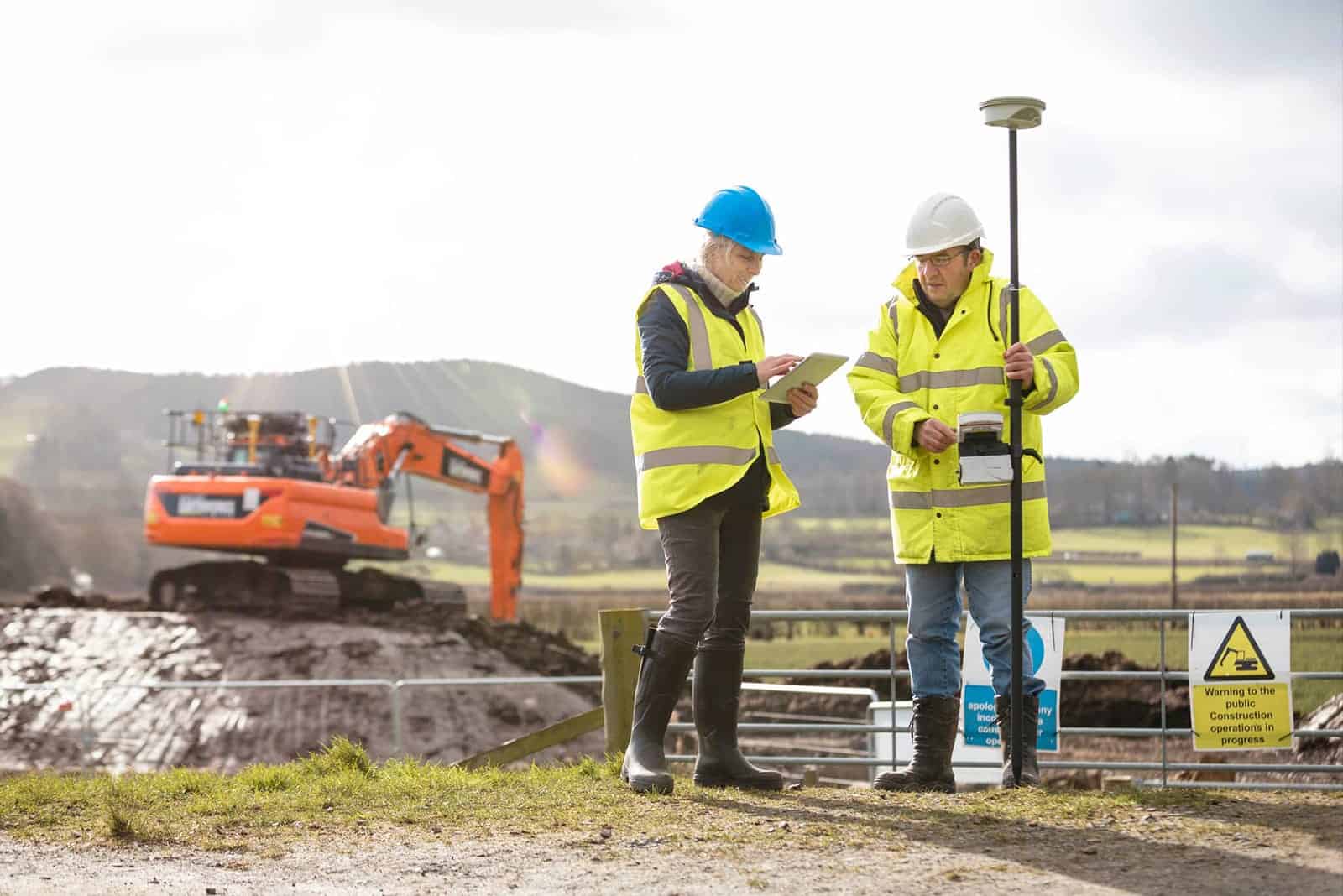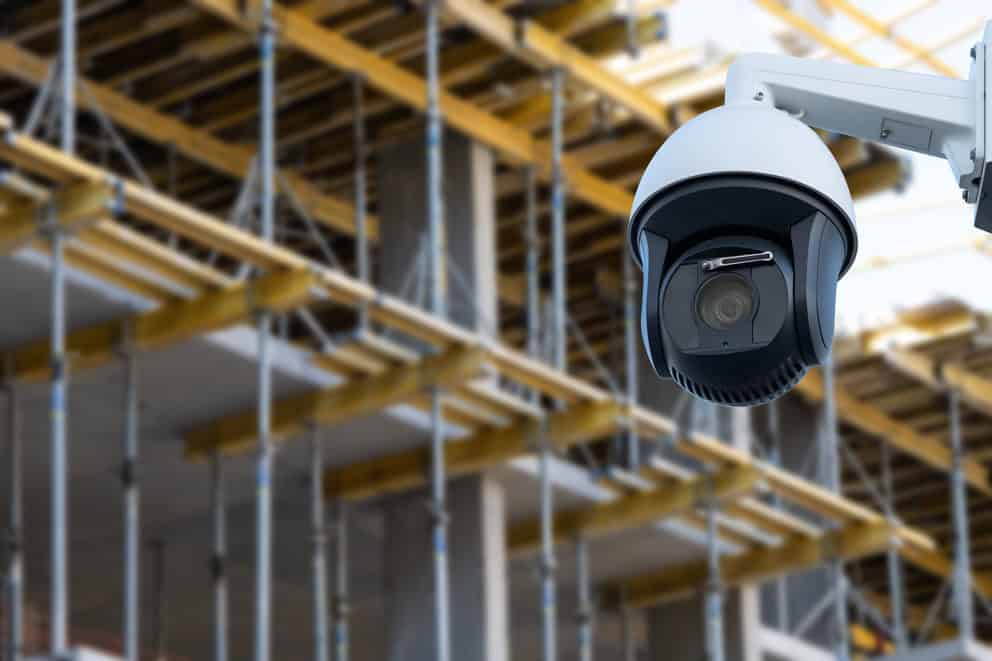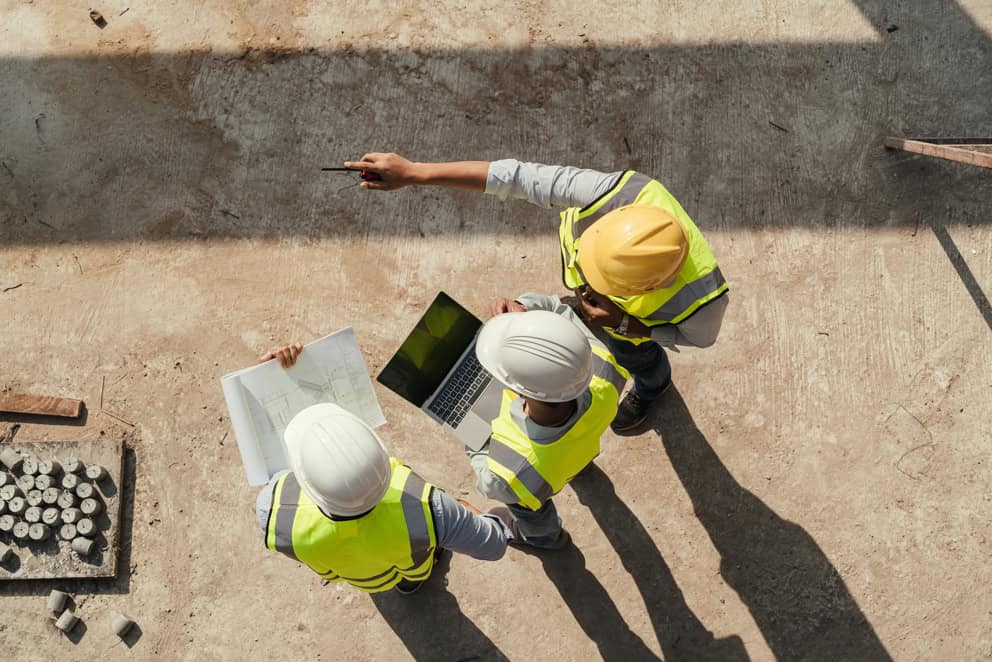
How to prevent musculoskeletal disorders through ergonomics
In this blog, we’re looking at how you can prevent musculoskeletal disorders through ergonomics.
We’ve all been there.
You need to move a heavy item off the floor, or reach behind us to grab something, then- pop!
A searing, twinging pain sears through your back, reminding you that you’re not as flexible as you once were, or that awkward movement was a mistake in general.
Musculoskeletal Disorders: A Common Problem
Unfortunately, it’s very easy to suffer from a musculoskeletal injury at work.
They can occur either as a result of a single event, such as lifting or moving a load without using proper manual handling techniques, or through repetitive manual tasks, such as working on a production line, or even sitting at a desk.
Little wonder then that one in three injuries at work are the result of manual handling.
300,000 people suffer from back pain per year and 480,000 report work-related musculoskeletal injuries, of which 81% were related to the upper limbs, neck, or back.
Causes of Musculoskeletal Disorders
As we’ve touched upon briefly, there are several causes of musculoskeletal injury that can arise in the workplace.
While some are more obvious than others, they’re all preventable through proper management of health and safety.
Examples include:
- Construction workers lifting materials around site, such as bags of cement, timber, plaster, bricks and paving, or large fixtures and fittings.
- Labourers and craftsmen carrying out low impact or weight repeat tasks such as plasterers, carpenters, or bricklayers.
- School teachers and assistants sitting at tables and on chairs designed for small children.
- Delivery drivers, getting in and out of their van cab, into the load area, unloading supplies, and carrying them to their recipients.
- Factory workers carrying out simple tasks such as assembling parts on a production line.
- Users of tools and equipment which may be awkward or heavy, or produce high levels of vibration.
- Mobile plant drivers who may suffer whole-body vibration, as well as jolts due to a lack of suspension or pneumatic tyres; alongside accessing and egressing the vehicle, accessing load areas, and manually moving dunnage.
- Office workers and display screen users, who may have to twist or tilt their neck to view multiple screens; they may also have a poor desk or chair height too.
How You Can Prevent Musculoskeletal Disorders Through Ergonomics
In the realms of health and safety risks, it’s arguable that those that result in musculoskeletal disorders are the most straight forward to manage either through elimination of the risk, or reduction of the likelihood or severity of injury.
Many of these risks can be controlled through what is referred to as “ergonomics”, more specifically, physical ergonomics, rather than cognitive or organisational.
Physical ergonomics deal with the loads that are exerted on the human body.
Reduction of these loads is what results in fewer or less serious musculoskeletal disorders.
In order to control a risk, you must first…
Do a risk assessment
According to health and safety law, you must aim to reduce all health and safety risks to as low as reasonably practicable.
You should do this preventatively, i.e. even before any accidents or injuries have occurred.
This will involve a holistic review of your work area, the tasks carried out and the people involved (not just your employees) to determine what the risks are.
Remember to apply the hierarchy of control, as well as the principles of prevention when determining how you will control the risks: aim to eliminate the risk first and foremost, and if you can’t, reduce it to as low as possible.
Consult with your shop-floor workers as well as those in supervisory and management roles to get a balanced view of the hazards present, their likelihood of causing harm, and the severity of the harm that may be caused.
Be prepared to find a range of hazards and potential injuries as well as musculoskeletal disorders in your workplace!
Consider worker types
When carrying out your musculoskeletal injury risk assessment, consider the people who may be carrying out the potentially harmful task, or using the equipment.
How strong do they need to be?
Do they need to be particularly fit?
Is the role better suited to taller, shorter, or slimmer people?
If you identify that certain body types are unsuited to the task or environment that you are asking employees to work in, you can either adapt the work area or provide tools and aides which may make the work less dangerous.
You may have to be prepared to simply not deploy certain workers into specific areas or tasks if they are unsuited to the job.
Optimise the work area
Many musculoskeletal injuries are caused by a poorly set out work area.
Reaching for tools, walking to and fro between workstations or to collect supplies, overhead work, and working in cramped conditions can all cause injury.
For factory workers, where working time has a more tangible link to productivity, the reduction of unnecessary or time consuming employee movement affects the financial bottom line as well as worker health and wellbeing.
Workplace optimisation techniques such as Six Sigma and 5S put high priority on optimising the work area - for example only having the tools that are required present in the work area and always having these in their designated storage place, as close to the work area as possible.
You should also consider office workers; ensure that they carry out a DSE assessment, where their desk, seat and screen are all considered in order to optimise their work area.
Ensure that the chair is at a height that is appropriate to their leg length, with a sufficiently tall back, and with sufficient support for their feet.
Desks should be at a comfortable height so that users’ wrists are not elevated or lowered too considerably (thus putting strain on wrists and arms).
Screens should also be at a comfortable height - usually the top of the screen should be at eye level.
Regular breaks
A simple additional control is to introduce regular breaks from the work area or task, as well as job rotation, meaning workers are not stuck carrying out the same task all day, every day.
This variation in work tasks will facilitate changes in body positions and movements, thus reducing fatigue and the likelihood of musculoskeletal disorders.
The Bottom Line
No activity, environment, equipment, or task can be made safer without an assessment of risk being carried out.
This doesn’t have to be a ten page appraisal breaking down the risks associated with sharpening a pencil (in fact, simpler is often better) however it does have to identify all of the risks and determine reasonable controls.
While the risk assessment can be simple, it still requires in-depth knowledge of the subject matter as well as a strong grasp of how to reduce risk and prevent harm.
So, if this sounds like too much for you to handle, or yet another thing to occupy your to-do list- give Majestic Site Management a call on 01484426302. We’ll happily advise you on how to prevent musculoskeletal disorders through ergonomics as well as general safety management and can even carry out the risk assessments for you.

With over 30 years’ experience in the construction industry, Lee offers more than just a helping hand to keep your project on track. Majestic Site Management also specialises in site compliance, and health and safety, with a long-list of credentials to prove it. Connect with Lee on LinkedIn >>


